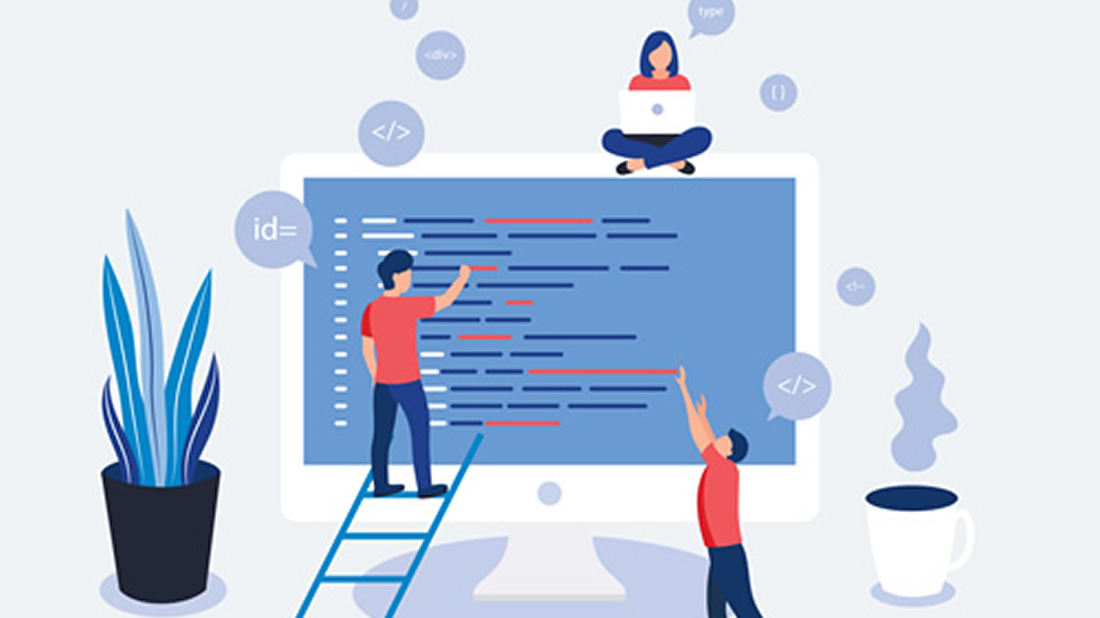
Top tips for great cross-curricular coding
Coding offers myriad benefits for students, including increased critical thinking and problem-solving skills
How and where our students learn has radically changed over the last 10 months. Students are in a multitude of educational environments that have challenged the entire school community. As educators, we cannot predict what the future holds, but we understand the importance of developing core skills such as collaboration, effective communication, and problem solving in our students today.
In a recent edWebinar sponsored by Unruly Splats, Lauren Watkins, Marketing Director, and Christine Danhoff, Technology Integration Specialist at Genoa Area Local Schools in Ohio, advocate integrating coding and computer science into core subjects such as math, music, art, world language, English, and physical education.
When working in tandem with core curriculum standards, computational strategies inherent in coding build meaningful, essential critical-thinking and problem-solving skills in students.
A common misconception about coding is that teachers need a degree or certificate in computer science to incorporate coding into their curriculum. The presenters debunk this myth by conveying that teachers who have an open mindset and learn along with students can generate excitement, energy, and motivation for the entire class.
More than traditional paper and pencil activities, coding activities can connect learning for students, introduce multistep processes, and develop computational thinking skills. Danhoff describes how a preschool teacher integrates coding and algorithms using Bee-Bot programmable robots to teach math and basic reading skills to three- and four-year-olds. In another classroom, second-grade students use coding sequences to develop story creation strategies, make connections, feel empowered, and learn how to fail forward and never give up.
One of the benefits of coding, according to the presenters, is collaborative opportunities for students using a pair programming method. Students often struggle with the desire to do independent work and can be resistant to team or group work. By identifying students’ skill sets, teachers can advantageously pair students together for hands-on activities tied to the curriculum. Whether virtual or face to face, students are assigned roles that allow them to communicate, problem solve, and work as a team.
What stands out to Danhoff and Watkins is that coding and programming are not once-a-year events such as the Hour of Code, afterschool activities such as robotics club, or stand-alone courses such as AP computer science.
When teachers co-teach with technology integration specialists on projects that use both coding and content area standards, students have the opportunity to shine and realize that they are good at something they didn’t even know existed. The presenters reflect that it is gratifying for educators and students to discover that future computer scientists or computer engineers emerge through cross-curricular activities. The excitement, engagement, and empowerment have the potential to open doors to new learning experiences for all students.
This edWeb broadcast was sponsored by Unruly Splats. View the recording of the edWebinar here.
About the presenters
Christine Danhoff has over 20 years of teaching experience and is currently the technology integration specialist at Genoa Area Local Schools in Ohio. She is a Google Certified Trainer, an Alpha Squirrel, Breakout EDU Game Designer and Authorized Trainer, Code.org Facilitator, as well as an ambassador for many other educational apps. When she is not researching, learning, sharing, or talking about the latest trends in technology integration, she enjoys spending time with her husband, Jerry, son, Jonah, and three dogs, Buddy, Boomer, and Dino.
Lauren Watkins is the marketing lead at Unruly Studios. Before coming to Unruly, she worked in the 3D printing industry at Pinshape and Formlabs for three years and helped bring 3D printing to schools across the globe. A passionate techy, she loves working with educators to make STEM and technology more fun and physically active for kids!
Join the community
Coding & Robotics K-8 is a free professional learning community on edWeb.net that supports teachers, administrators, and all educators to help students explore coding and robotics and develop math, logic, critical thinking and problem solving skills, and challenges them to think creatively.